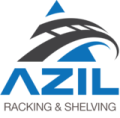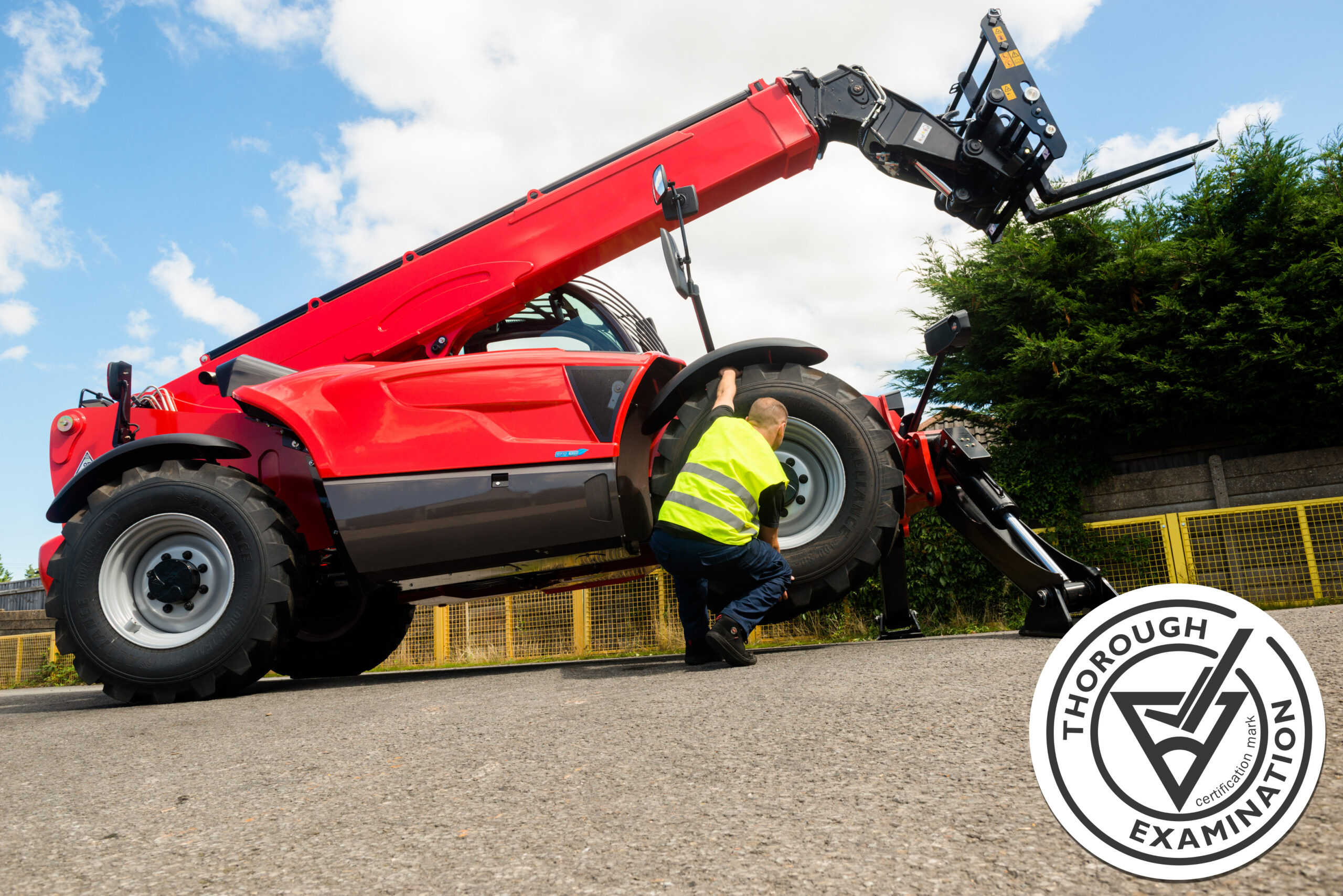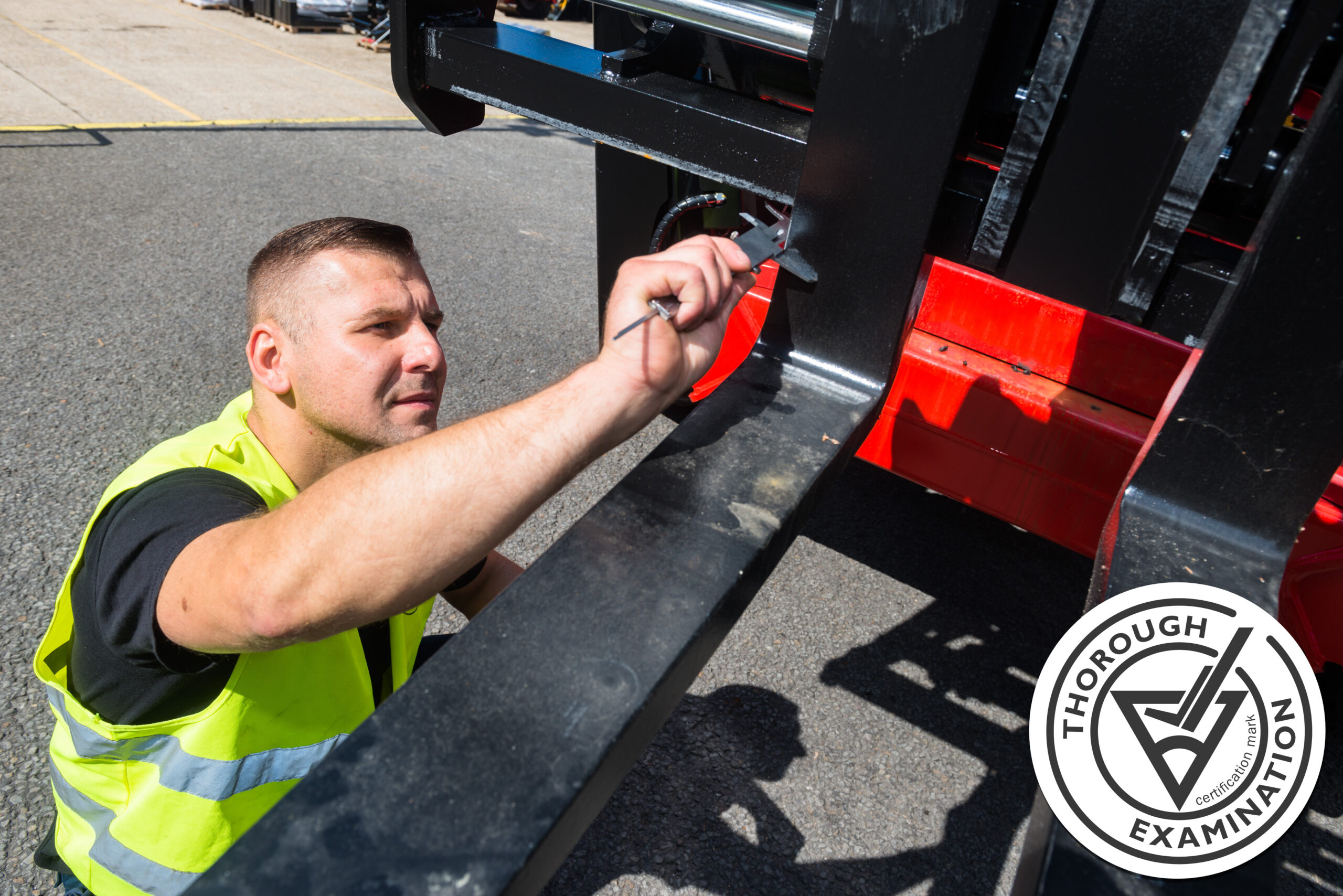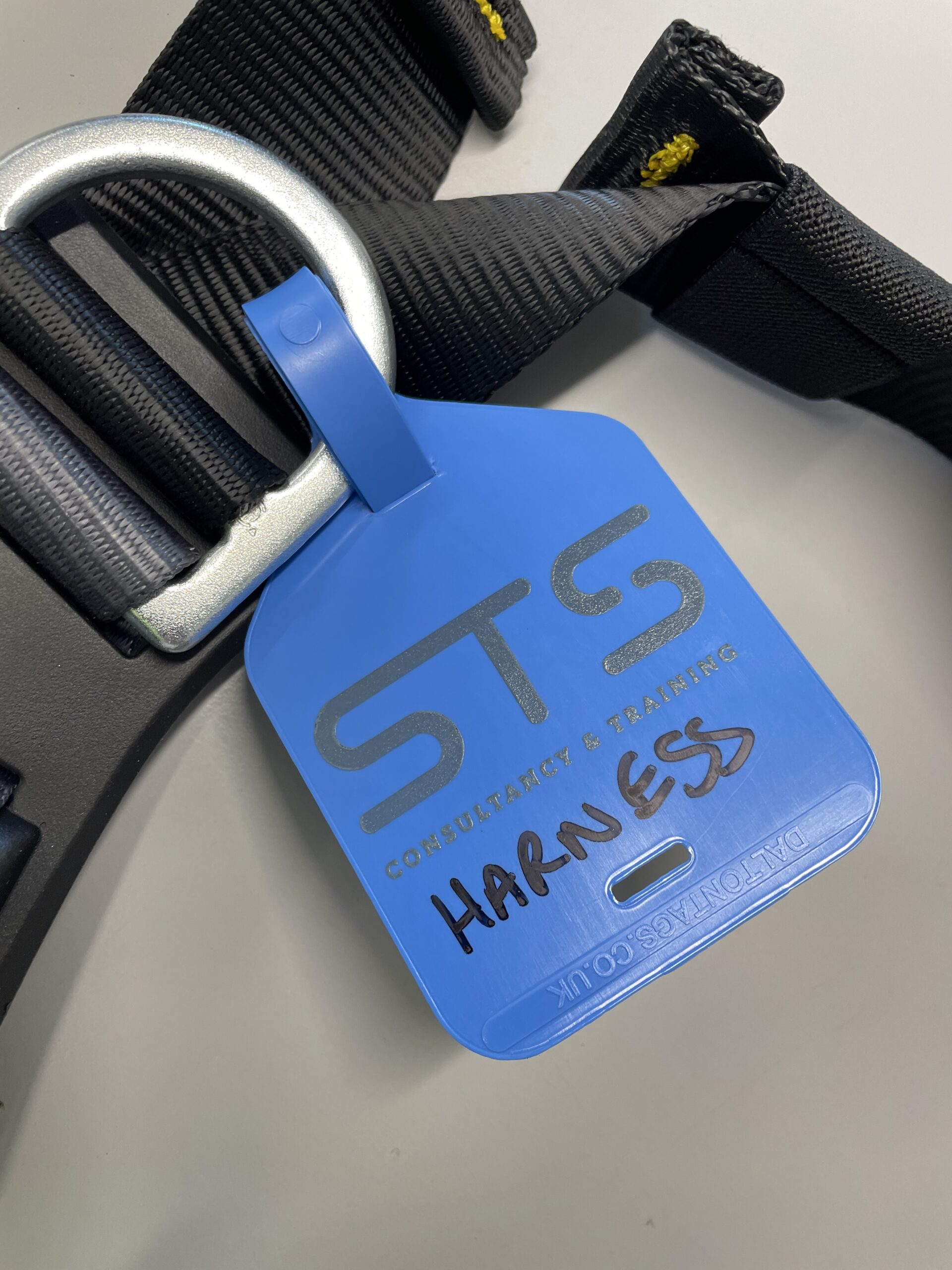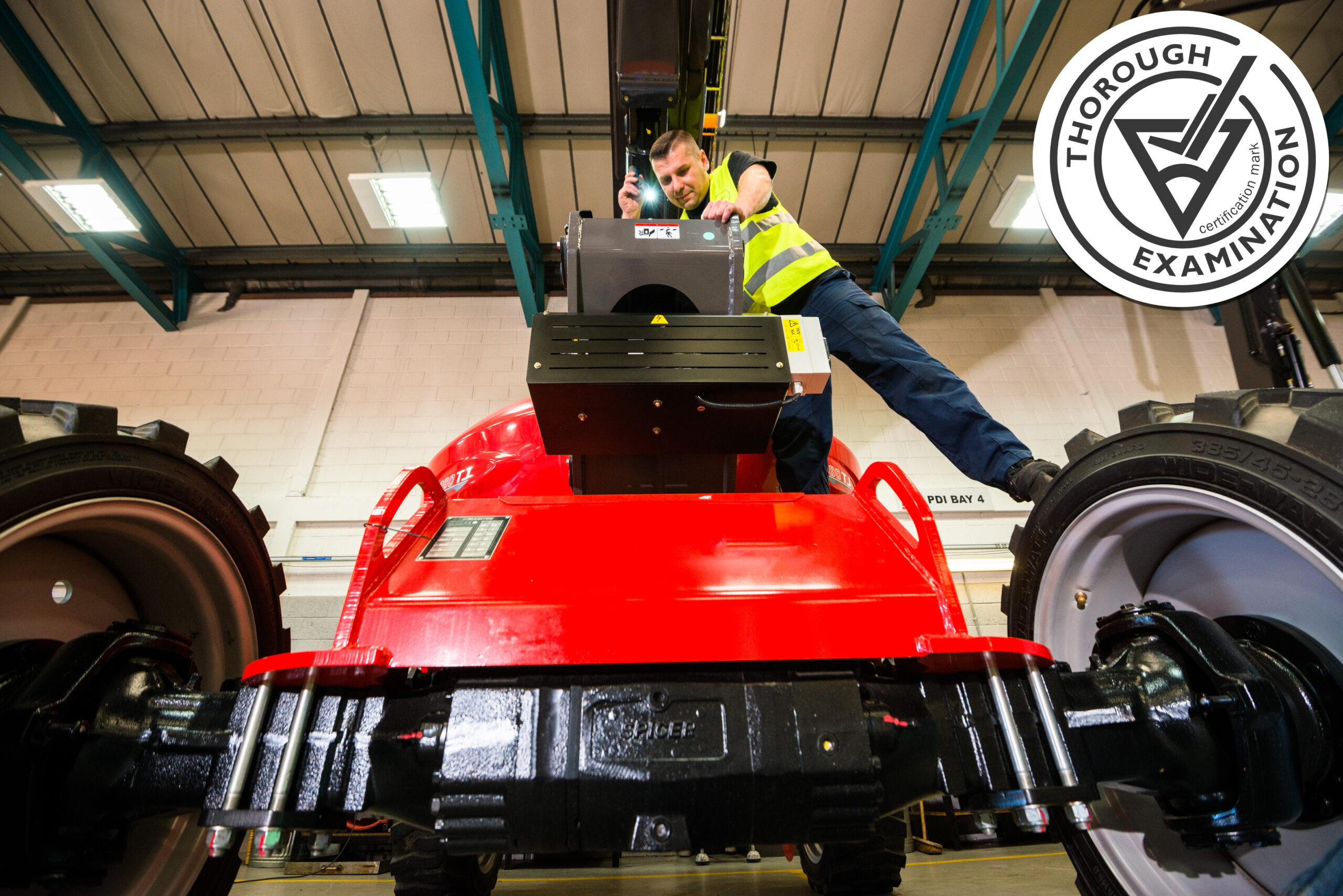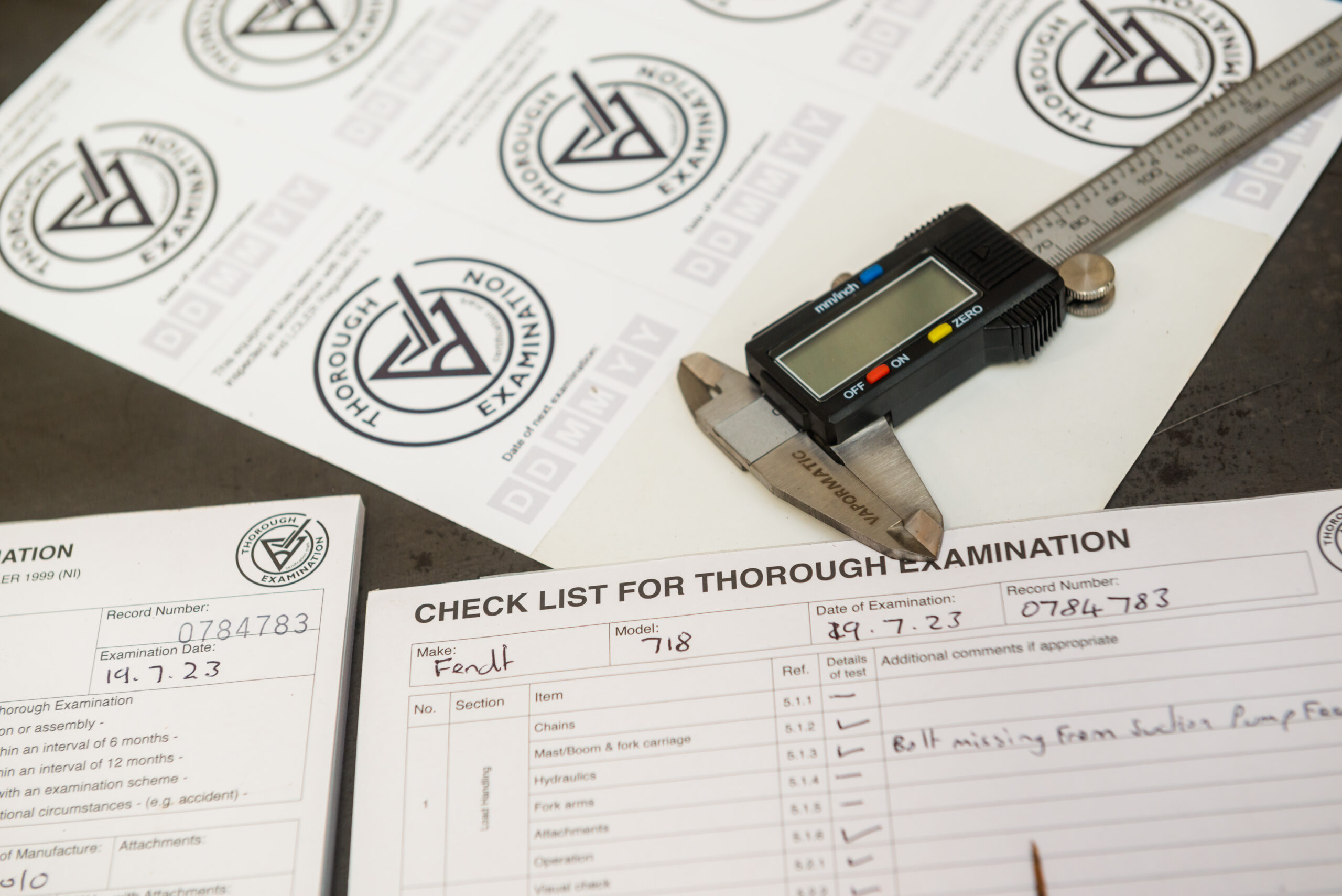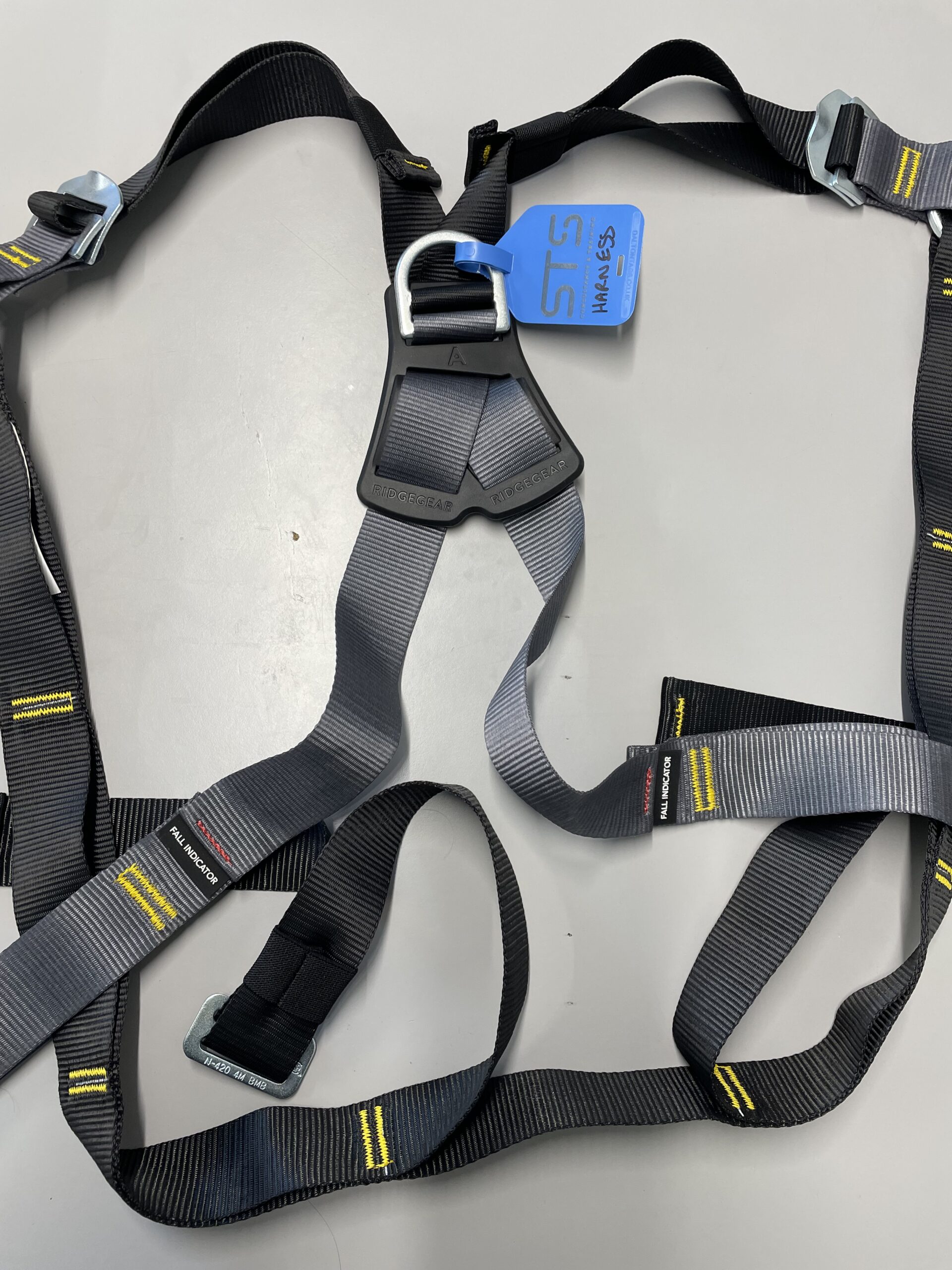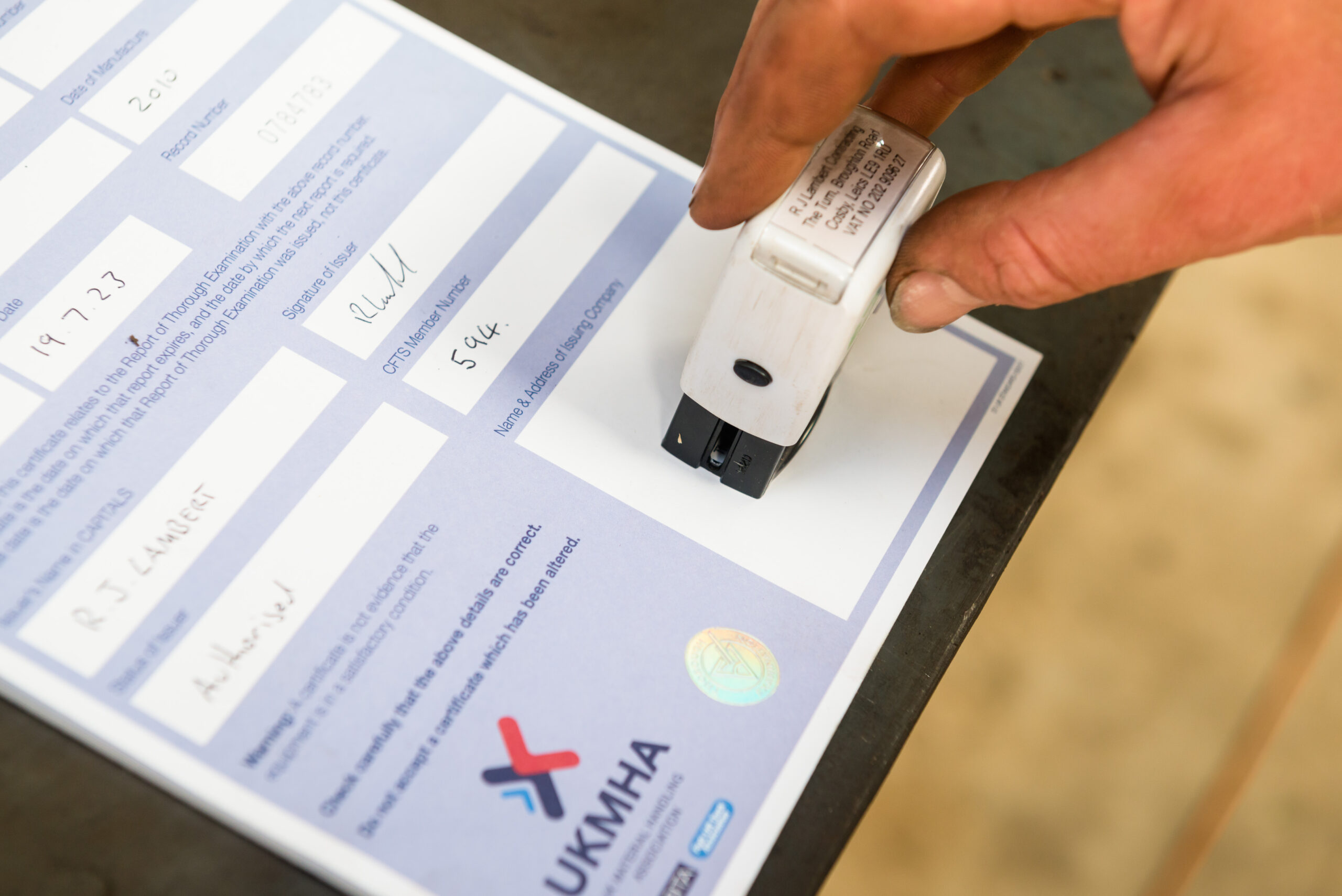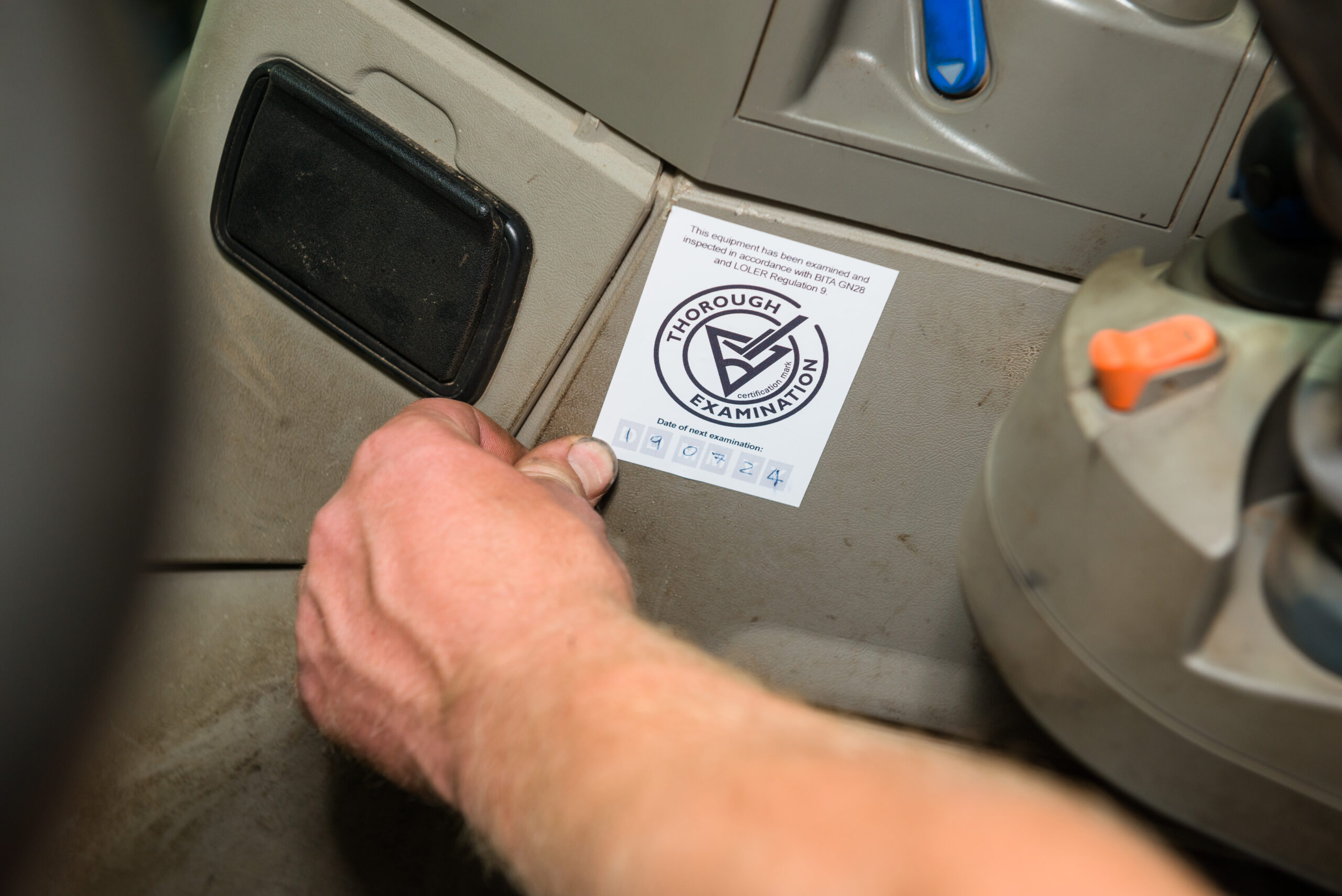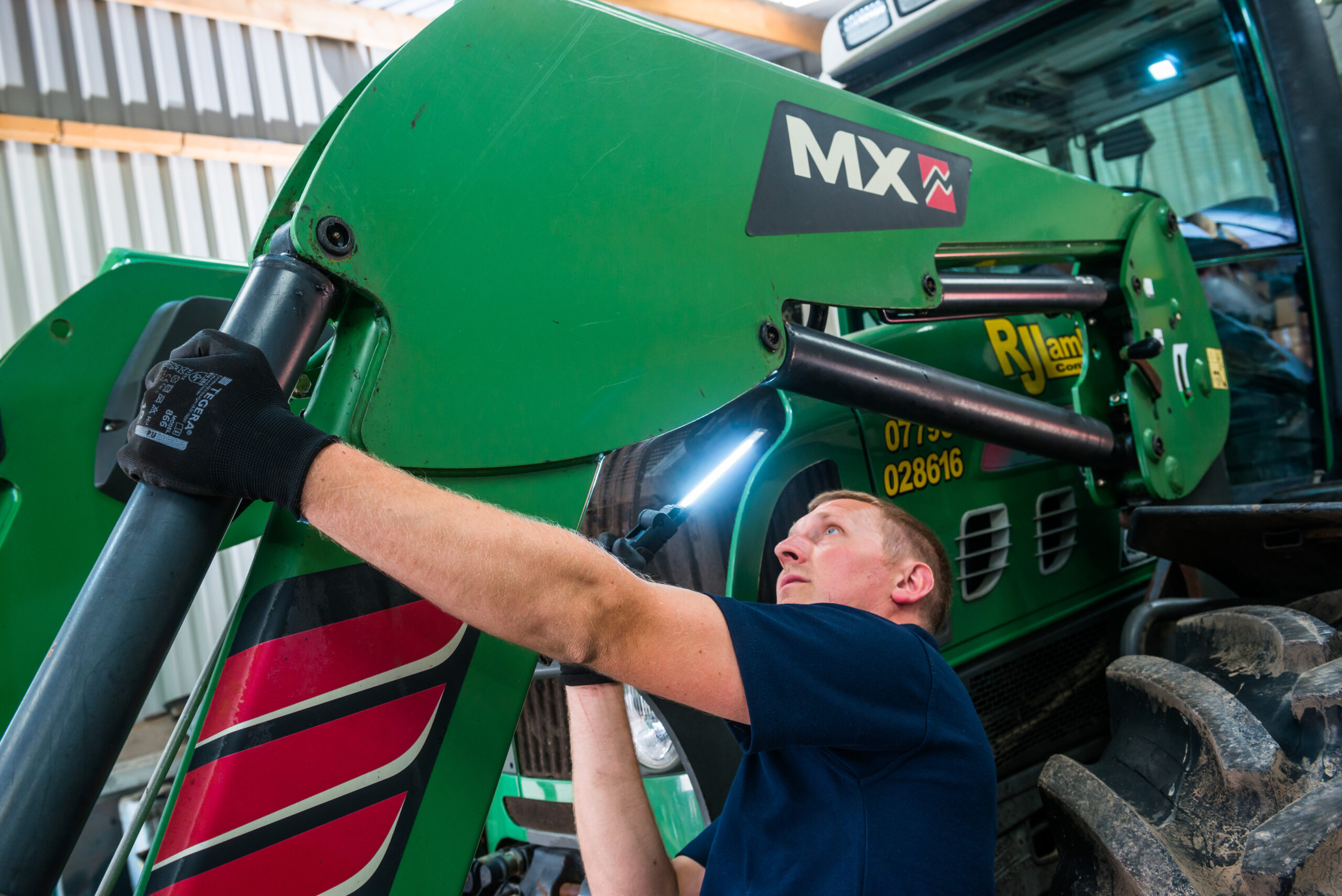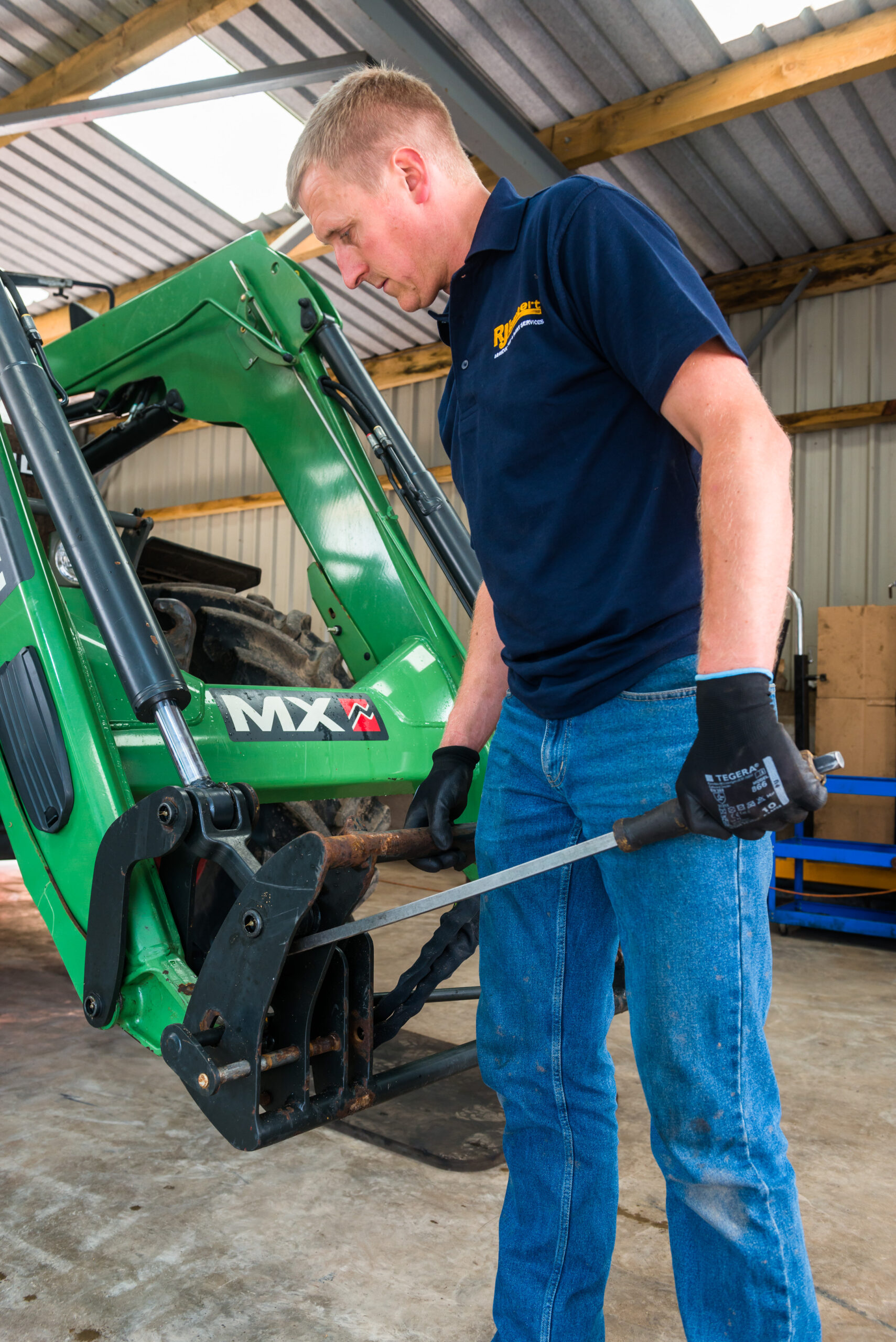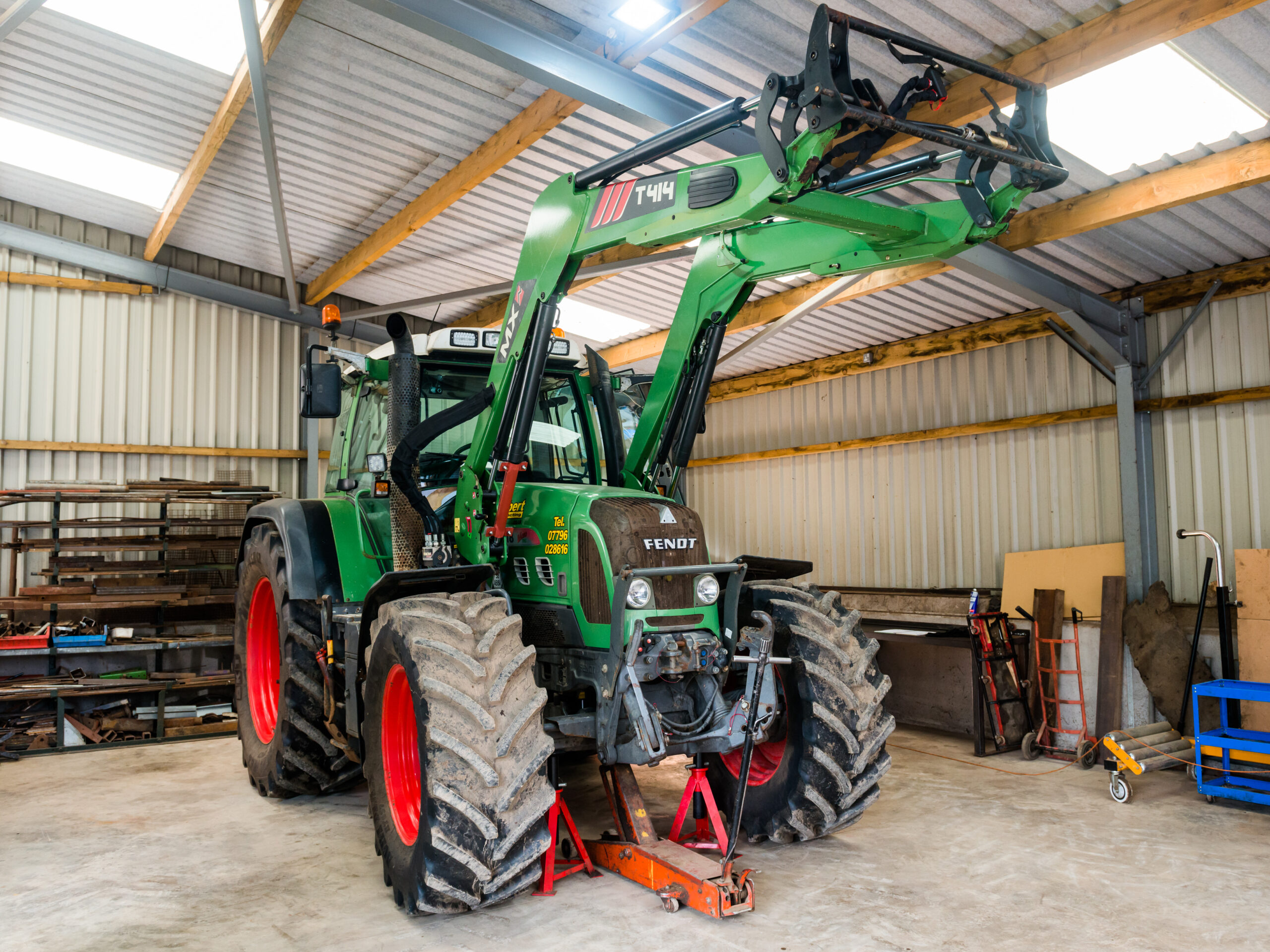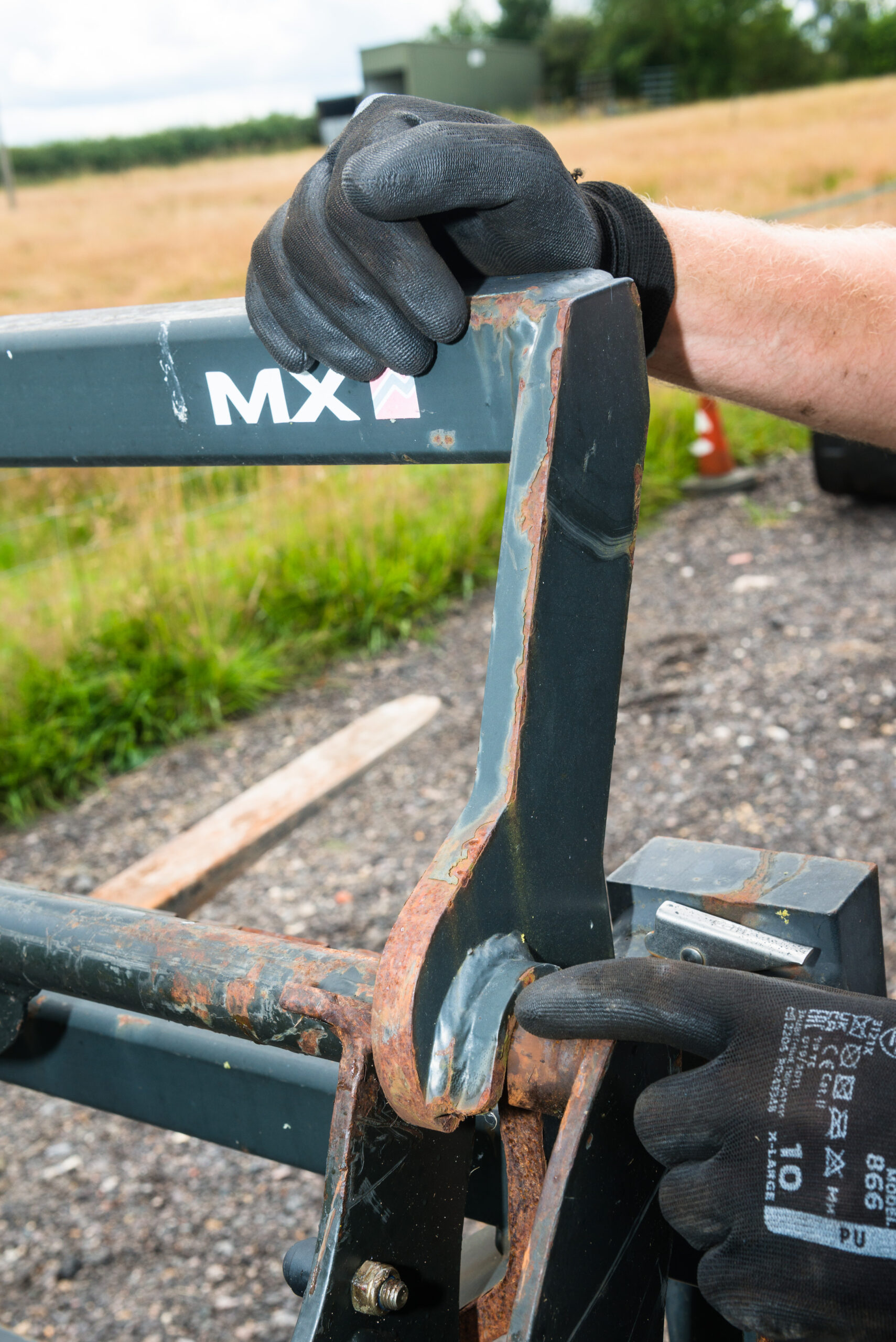LOLER Inspections & Examinations
What equipment is covered in a LOLER inspection?
Under the LOLER regulations, all workplace lifting equipment must undergo thorough inspections. This includes equipment such as cranes, lifts, forklifts, telehandlers, reach trucks, tractor front loaders, waste handlers, and mobile elevating work platforms (MEWPs). Safety gear, including harnesses, lanyards, and chains, as well as accessories like slings and hooks, are also subject to inspection. These regulations ensure that workplaces remain safe and that all lifting equipment operates efficiently.
LOLER and PUWER
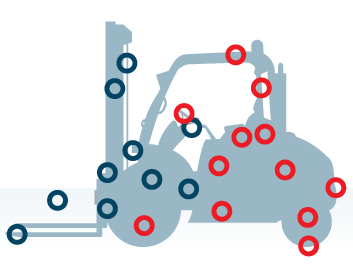
A true Thorough Examination covers two different sets of Health and Safety regulations, commonly known as LOLER and PUWER.
What is LOLER?
The formal legal requirement for Thorough Examination of lift trucks is set out in the Lifting Operations and Lifting Equipment Regulations 1998, regulation 9 — commonly known as LOLER.
“Every employer shall ensure that lifting equipment which is exposed to conditions causing deterioration which is liable to result in dangerous situations is—
(a) thoroughly examined—
(i) in the case of lifting equipment for lifting persons or an accessory for lifting, at least every 6 months;
(ii) in the case of other lifting equipment, at least every 12 months; or
(iii) in either case, in accordance with an examination scheme; and
(iv) each time that exceptional circumstances which are liable to jeopardise the safety of the lifting equipment have occurred; and
What is PUWER?
Under the Provision and Use of Work Equipment Regulations 1998, regulation 6 — known as PUWER — an employer also has a duty to perform regular inspections and ensure work equipment remains safe to use.
“Every employer shall ensure that work equipment exposed to conditions causing deterioration which is liable to result in dangerous situations is inspected—
(a) at suitable intervals; and
(b) each time that exceptional circumstances which are liable to jeopardise the safety of the work equipment have occurred, to ensure that health and safety conditions are maintained and that any deterioration can be detected and remedied in good time.
Why cover both?
In practice, an examination that only covers LOLER could leave the lift truck’s owner liable to HSE enforcement under PUWER rules.
Besides, the Health and Safety at Work act 1974 gives every employer a duty of care… and a truck that has not had its brakes, steering or structural integrity checked can hardly be said to be safe
IS YOUR WORK EQUIPMENT UP TO THE MARK?
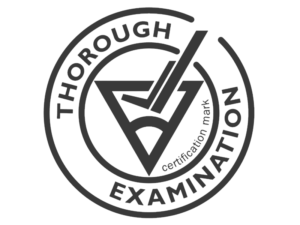
For peace of mind, insist on seeing the distinctive CFTS certification mark on documents and trucks themselves. It’s your guarantee that the equipment – and the examiner – are up to scratch.
Only companies that are officially accredited to CFTS can use the distinctive kitemark on literature, certification and reports, and can place the famous CFTS stickers on the trucks they inspect.
You can rest assured that any Report of Thorough Examination bearing the official CFTS mark has been carried out by an experienced, accredited examiner in accordance with stringent standards and quality procedures.
Likewise, the CFTS sticker shows that the equipment has received a genuinely Thorough Examination, satisfying both LOLER and PUWER regulations.
Without this mark, a truck, company or examiner may or may not meet safe, legal standards – crucially, there’s no way to tell.
Book & Enquire Here
What our clients said about our services
“The services provided by STS are second to none. We have enlisted their services for 7 months now. Having a consultant providing the role of a Health and safety competent person present 1 day per week the changes to the company operationally and safety have been day and night. The company is rapidly growing and the services provided by STS with their guidance and training provisions have went hand in hand. The development of safety culture is crucial in any company development”
